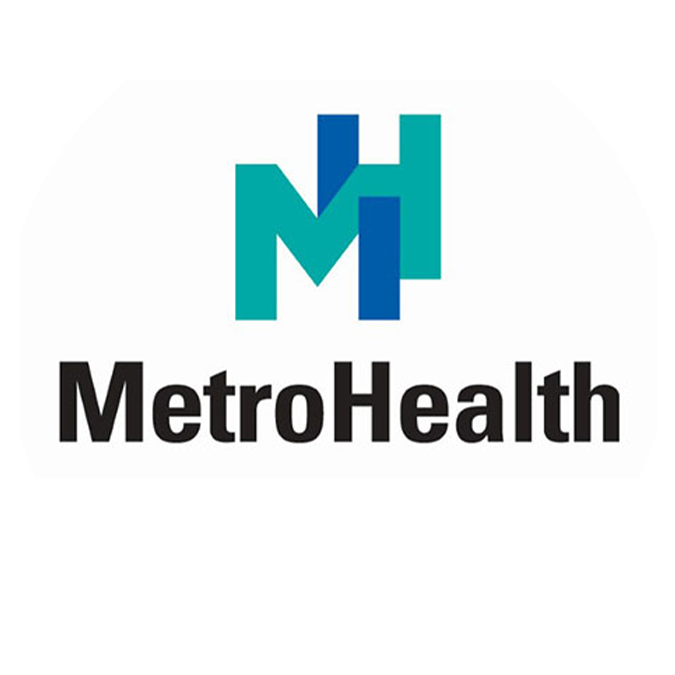
Annick Hebou, Medical Director
A: The discharge summary we get is great and helps us use it to connect to other institutions. It is directly integrated into our charts to reconcile information when our patients are seen by other providers. We have a single-sign on through CRISP, so once you sign-on to [our EHR] eClinicalWorks, there is a tab you click on and it is an easy transition to [the documents from] CRISP.
One thing I look forward to having is a better connection to District hospitals so that we can really have that become our standard of care. It’s great to have all information directly there and be able to integrate it into the EHR. I look forward to seeing how hospitals and health centers will evolve in their participation with this [Promoting Interoperability] Program.
A: Our eHealthDC Technical Assistance (TA) Specialist was helpful to send us a Meaningful Use Guidebook and followed up to review all measures and prepare MetroHealth for what actions were needed. It was helpful to analyze where the organization stood and what strategies needed to be in place to move forward. This communication was key to understand what we were doing well and what we could improve.
It was helpful to share concerns about issues our organization was having and have eHealthDC help with the resolution. For example, there are more requirements to use the portal with the [Stage 3] Program, and there was a time we thought our web portal system was not working. Our TA connected us to the right resource. It has been instrumental; we had a plan to work towards and then we moved forward to implement the plan and consistently review our progress. Now, ensuring all patients are web enabled is beneficial to communicate through the patient portal.
A: It is important to start working with eHealthDC early and have consistent meetings. The incentives offered are high, so you should work with the help that is available. It’s not a lot of time, you could spend 15-minutes a week and make tremendous progress.
Another thing I would add is to always embrace technology. It is not always going to be perfect, but you do not want to have to call all the hospitals to figure out where a patient’s medical summary is located and have them fax it. You want to have access to the information in the electronic health record. You should have the attitude to embrace it.
A: The Meaningful Use Guide that our TA Specialist gave us was most important, because if there was something in our processes that did not work, I could always refer to the guide to identify and re-evaluate what the issue was. It showed us a snapshot of each focused issue and what each part of the guide was saying.